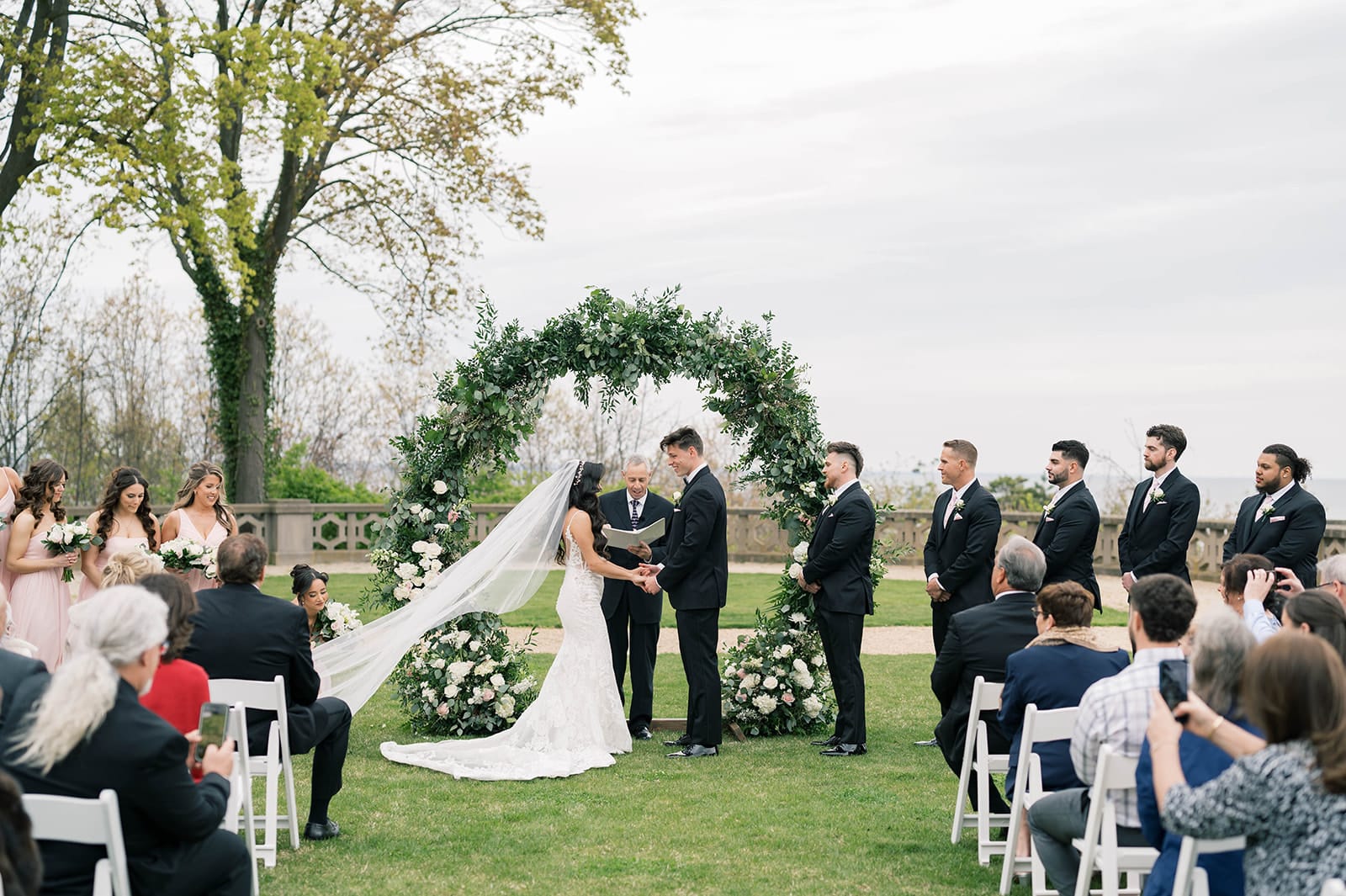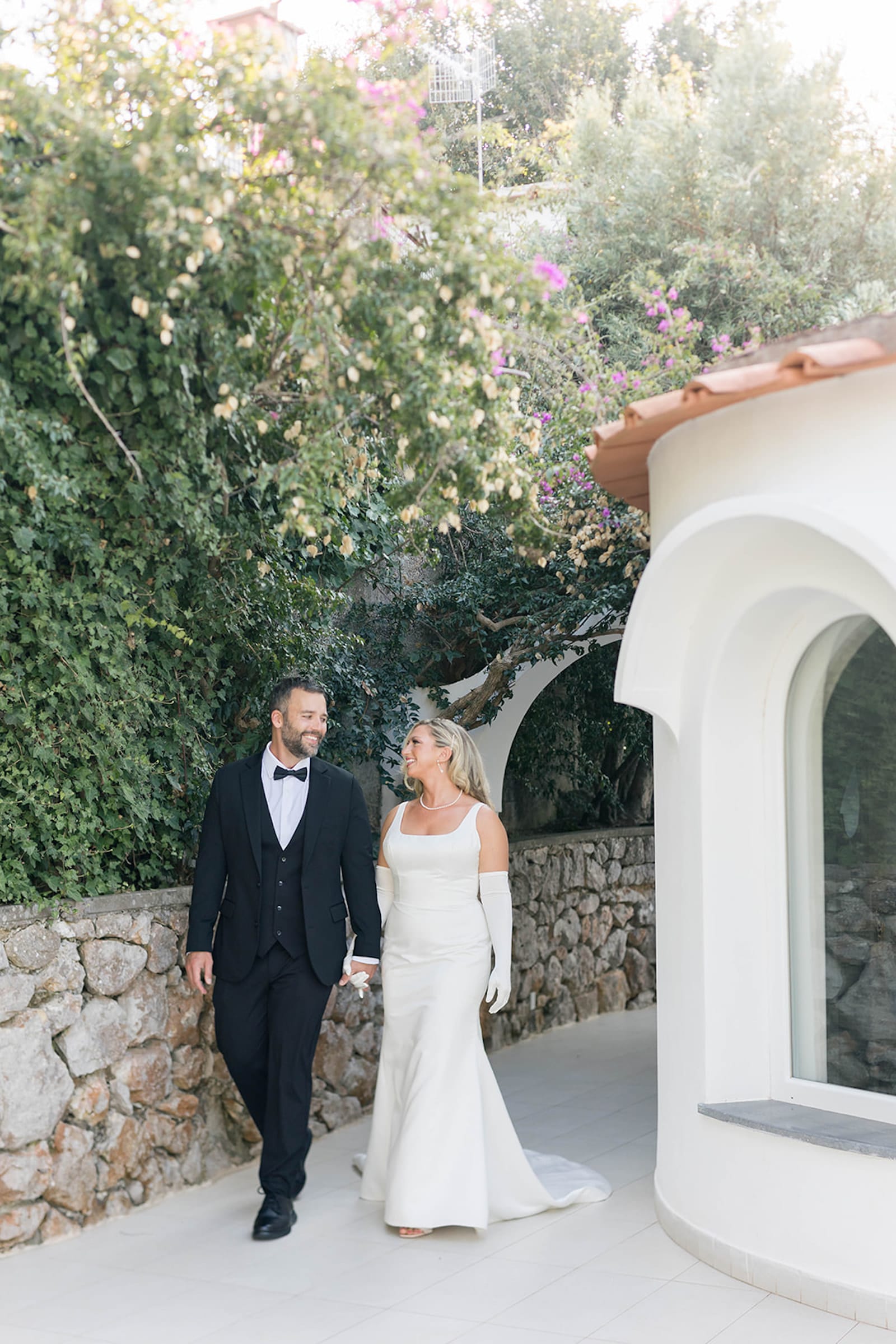I recently posted an image on Instagram of my mid-month budgeting meeting (with myself) and my phone blew up with comment son Insatragm and Facebook, personal emails and text messages with everyone asking me how I did it. I pretty quickly realized I had struck a chord with my friends and followers. Americans are known around the world for carrying a high debt balance. Currently the average credit card debt per household is $15,270, average mortgage debt is $149,925, and the average student loan debt is $32,258. 70% of people in North America live paycheck to paycheck (The Wall Street Journal), 17% of Americans do not have enough savings to cover 1 week without a paycheck, and 55% could not live for 3 months or less without a paycheck. Isn’t that CRAZY? I have a lot of opinions on debt in general, but we will save that for another blog post 🙂 For now, I want to talk about budgeting. Because budgeting properly is the key to getting and staying out of debt.

This is the first year that Adam and I are cracking down on our budget because we want to spend the next small handful of years working hard towards having our house fully paid for. How amazing would it be to be 41 and 35 and have our house entirely paid off?? That is almost unheard of in American culture. But, for us, it opens up so many more possibilities for giving, investing, traveling, and being free from the weight of debt. Remember that one time that I said this blog post would be about budgeting and not debt? *sigh* I guess it all goes hand in hand.
There are a lot of awesome budgeting tools out there. Adam’s personal favorite is an excel spread sheet, which makes me want to die a slow death. I hate spreadsheets and have zero desire to manage my budget in one. I tried using mint.com, which is also a great tool, but I always forgot to update it. While in Costa Rica, Adam read Dave Ramsey’s “Total money makeover” and was inspired to “makeover” our entire budget. I had been thinking aout it for quite some time, and we had talked about setting a strict budget before we got married, but we never buckled down and did it. Knowing that I would probably be the one to manage it – I needed to be the manager in order for me to stay on board with it cause I like to shop 😉 – I knew I had to find a system that worked for me. Dave Ramsey is a huge advocate of the cash envelope system which, in a nutshell, is putting your monthly budget into separate envelopes and drawing from said envelopes to make purchases. When the envelope is empty, so is that area of your budget. I liked the concept of the cash envelope system to control spending, but I am sorely addicted to my credit card points. I started thinking about how I could make it work so that I could use the cash system but still earn my CC rewards (our trip to Costa Rica was largely paid for in credit card points). And that’s when I came up with the monopoly money system. I went onto Ebay and purchased a set of vintage monopoly money, bought a box of coin envelopes from ULINE, and started on my “cash envelope system.” I now take these little envelopes with me wherever I go and, when I make a purchase, I take my pretty money from one envelope and put it into my “spent” envelope. It’s pretty easy. I round up and down to the dollar to simplify things and, once a month, I cross check on my credit card to make sure I’ve taken the appropriate amount out of the correct envelopes.
Here are a few steps to creating a budget for yourself and for your business:
1. Write down all of your expenses.
Go through your credit card over the last 3-6 months and track how much you are spending. Categorize it in a way that makes sense for you, and begin tallying it up. When Adam and I did this, we were shocked by how much we were spending eating out each month. This is the area of budget that has been hit the hardest for us this year and, admittedly, we used some of our gas money in January to eat just one more time at Bird Dog BBQ. We are addicted to that place. But you won’t be able to track your expenses until you can name them, and admit to some of your bad habits. Like eating way too much BBQ.
2. Write down your financial goals.
Whats important to you? For us, it’s paying down our mortgage, so we are literally doing whatever we can to get our mortgage down. I want to have it paid off by the end of 2015 (a very bold and audacious, but reachable goal), so that we can begin saving towards our “dream” house that I want to pay cash for by 2017. Reaching this goals, for us, means cutting back on unnecessary spending (Hello, Bird Dog and new paid of shoes, I’m talking to you). Your goal could be saving for a child’s college fund, investing, padding your retirement, or being able to give to an orphanage or organization whenever they need it.
3. Categorize your spending.
We have envelopes for monthly spending and then envelopes for annual spending. Creating categories helps you give purpose to your cash and puts it in the areas that are priority.
4. Pay of credit card debt.
Seriously, just do it. At all costs (pun intended). Cause once that’s done, you can take the money you would’ve used toward those payments, and put it toward something else that’s way more important. Vacation to Bora Bora, anyone?
5. Record every single purchase you make.
Without exception. That chapstick? It counts. This will also help you really stay accountable for your spending habits.
6. Manage your budget.
Again you vave to figure out what works for you but, for me, having a mid-month budget review helps keep me on track and see if I am overspending that month or if Adam and I can justify just one more trip to Bird Dog. 😉 Managing your budget is key to helping you stay on track for your larger goals.
7. Rejoice!
For feeling more in control of your money, for knowing that living paycheck to paycheck is not your lot in life, for having freedom to do what you want to do with your money, and for not having the weight of debt and finances on your shoulders!



If you are looking for someone to help coach you through these steps in MUCH greater detail, someone who is trained to do this, a friend that I go to church with does this full time and you can view his website here.





VIEW Comments +